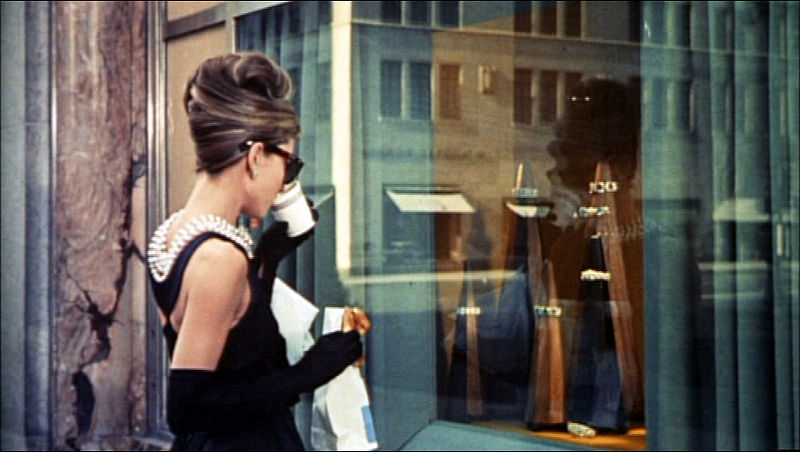 |
| Chanel, dressed as a princess |
I’ve always been drawn to stories where the princess is trapped in a tower. After all, the standard place to imprison damsels in distress and overthrown princes is a tower. Preferably on top of the tallest tower, in the biggest castle, on the highest hill, in the most dangerous land in the whole wide world.
“Rapunzel" (/rəˈpʌnzəl/; German: [ʁaˈpʊnt͡səl]) is a German fairy tale in the collection assembled by the Brothers Grimm, and first published in 1812 as part of Children's and Household Tales. Is one story which comes to mind.
Among the earliest examples of this theme are Perseus and Hercules saving princesses from hydras or sea creatures. In Yamata no Orochi, a hero also saves the princess from a type of hydra, which could be considered a primeval dragon.
“Beauty and the Beast” (Disney version) This is pretty similar to La Belle et la Bête, the French fairy tale (minus the animated furniture).
Why am I drawn to these stories?
It sounds gloomy. . .even hopeless, without a chance of a HEA (happily ever after ending). Unless, your version of the story is set in the suburbs.
Think about this for a moment, or two.
Life in the suburbs is hectic without a moment of down time. Ever.
However, in the Tower there is:
Room Service. All of your meals are prepared for you. Clean bedding and clothing are provided (after all, you are a princess).
View from the Window. Think of your beautiful view. Clouds, forests, beaches. A fresh breeze to tangle your freshly washed hair.
Solitude. You could read an entire novel without interruption, play an instrument, or journal to your heart’s content.
Uninterrupted Sleep. Unless, you have a fire-breathing dragon guarding the entrance (this could present a problem).
Exercise. With all those stairs, cardio will be a breeze.
Visitors. Of course, but none will be a shouting solicitor trying to sell you lame horse or home improvement contracts.
Pets. It wasn’t unheard of for a woman to be allowed to keep her small dog. (Anne Boleyn had a dog—well, perhaps that’s not the best case in point. . .)
And since this tower is in the suburbs, imprisonment wouldn’t be enforced for very long.
This does sound like a nice weekend get-away or perhaps, a B & B (Bed and Breakfast).
What is your favorite princess fairy tale?
Your favorite setting?
How do you feel about dragons?
Happy Reading,

Remember to sign up on Facebook to join our Reader Page and more!
Shop for my novels:
books2read





















